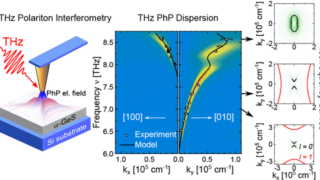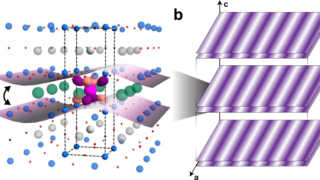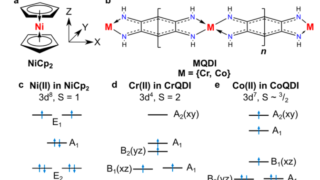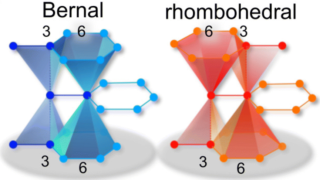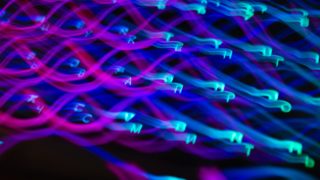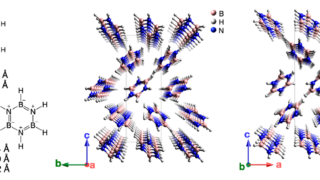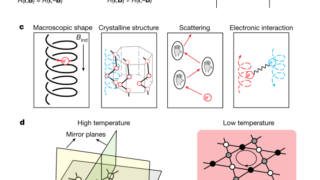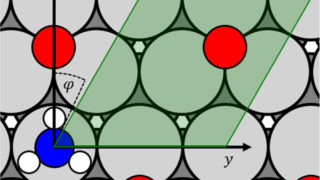
Kinetic modelling of catalysis for the Ostwald process
A catalyst is a substance that increases the rate of a chemical reaction without itself undergoing any permanent chemical change. The study of enzymes has provided us many of the prototypical concepts of catalysis, including the idea that a catalyst lowers the barrier to reaction and thereby accelerates the approach to chemical equilibrium, without altering […]
